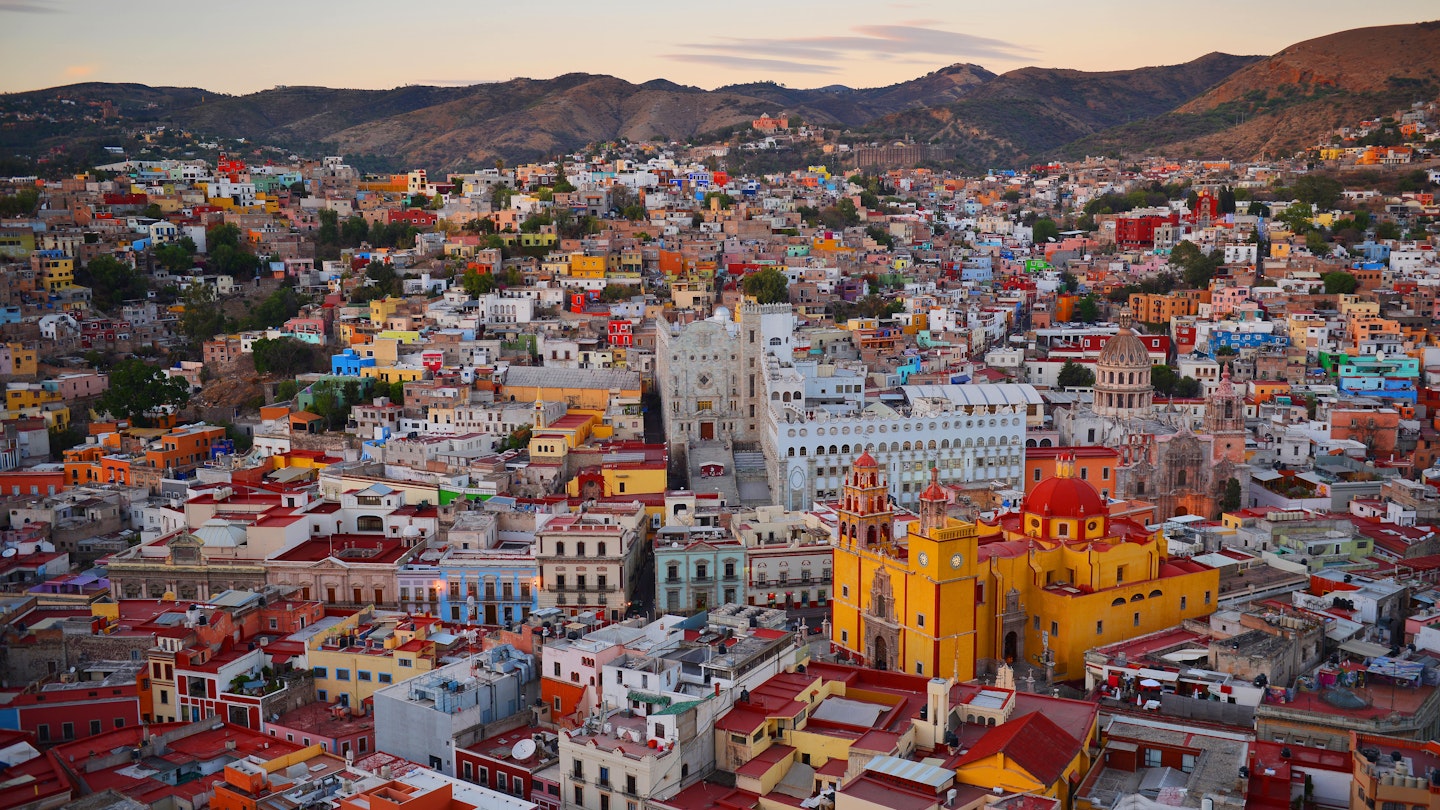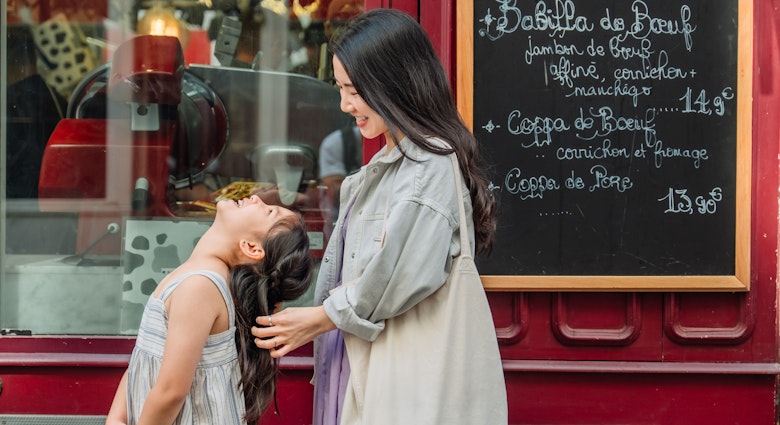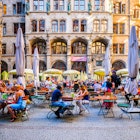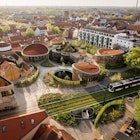Sounds in Guanajuato bounce off the valley walls like a ping pong ball: ringing church bells, crowing roosters, barking dogs. The early morning brings cries of “agu-aaa!” and “pan” as vendors sell water and bread throughout the city’s varied neighborhoods, and in the evenings fire cracker explosions pepper the air. My Mexican friends tell me that the people here love being surrounded by noise. It makes them feel more secure, they say.
For an outsider, the din and clatter are an evocative invitation into a vibrant city. The noise of the streets is echoed in the brightly painted, over-the-top buildings and architecture and the liveliness the local people bring to the city. Spend a day reveling in the charm and an evening dancing in the streets.
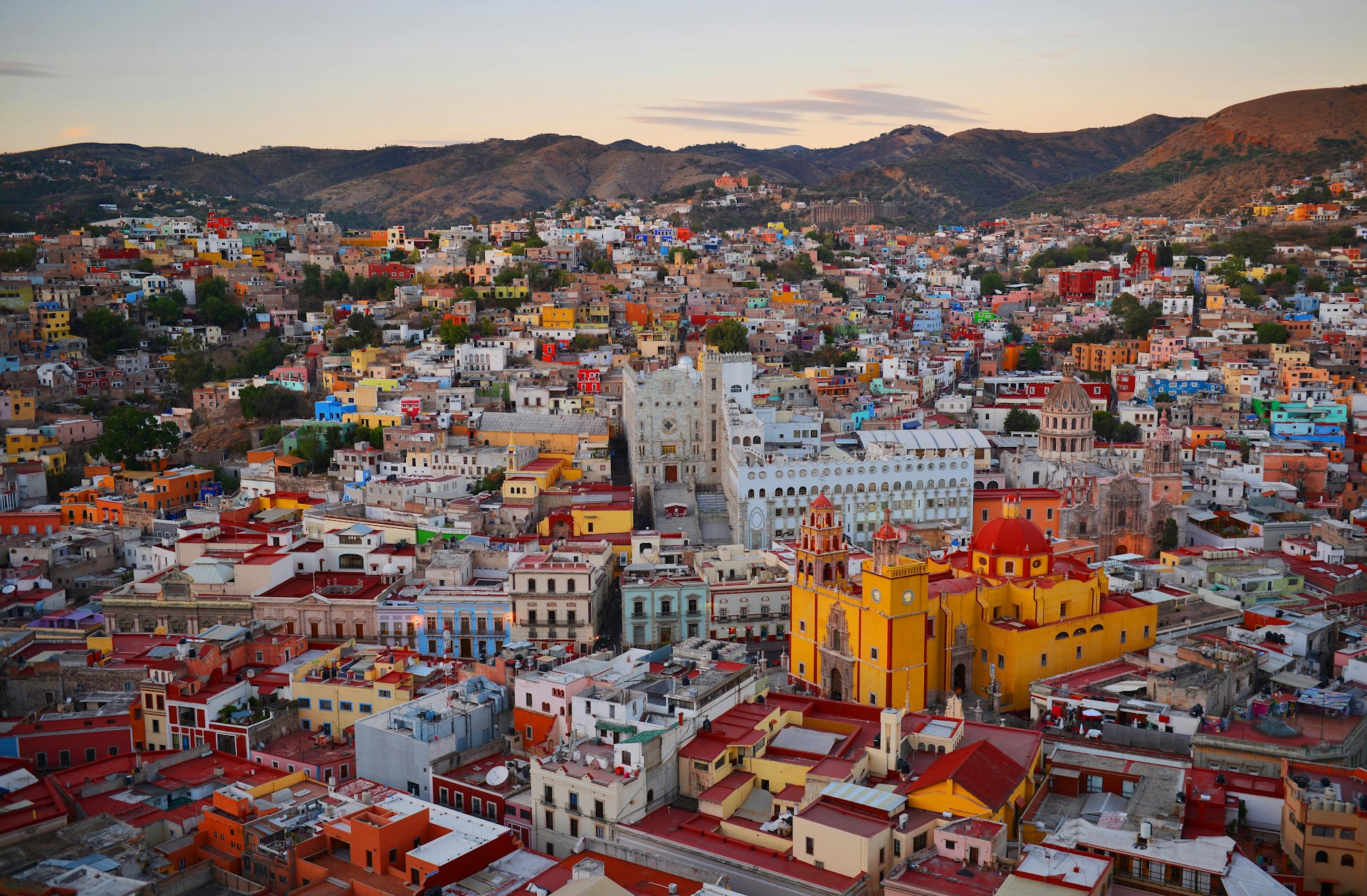
An easy start
The city functions on an age-old schedule in which visitors are welcome to participate. In Plaza Baratillo, join the morning ‘brunch’ crowd at the small food cart, where for years, two señoras have prepared gorditas, a local street food. The pastries are made from corn flour and stuffed with meat, cheese and other fillings. Afterwards, join the students at Café Tall for the city’s best coffee, before setting out to explore.
Legacy of Baroque
After breakfast, discover Guanajuato's rich and varied history. A silver vein was uncovered in Guanajuato in the 16th century and for the next 250 years, the area produced 20 percent of the world’s silver. While much of the wealth went to Spain, the rest went to local colonial barons who, while lining their own pockets, invested in building the city.
Today, Guanajuato boasts stunning legacies of baroque architecture. The impressive Basilica de Nuestra Senora de Guanajuato is one of the best examples. Inside resides a jewel-covered image of the Virgin of Guanajuato given to the city by Felipe II of Spain in thanks for all the wealth it provided the crown.
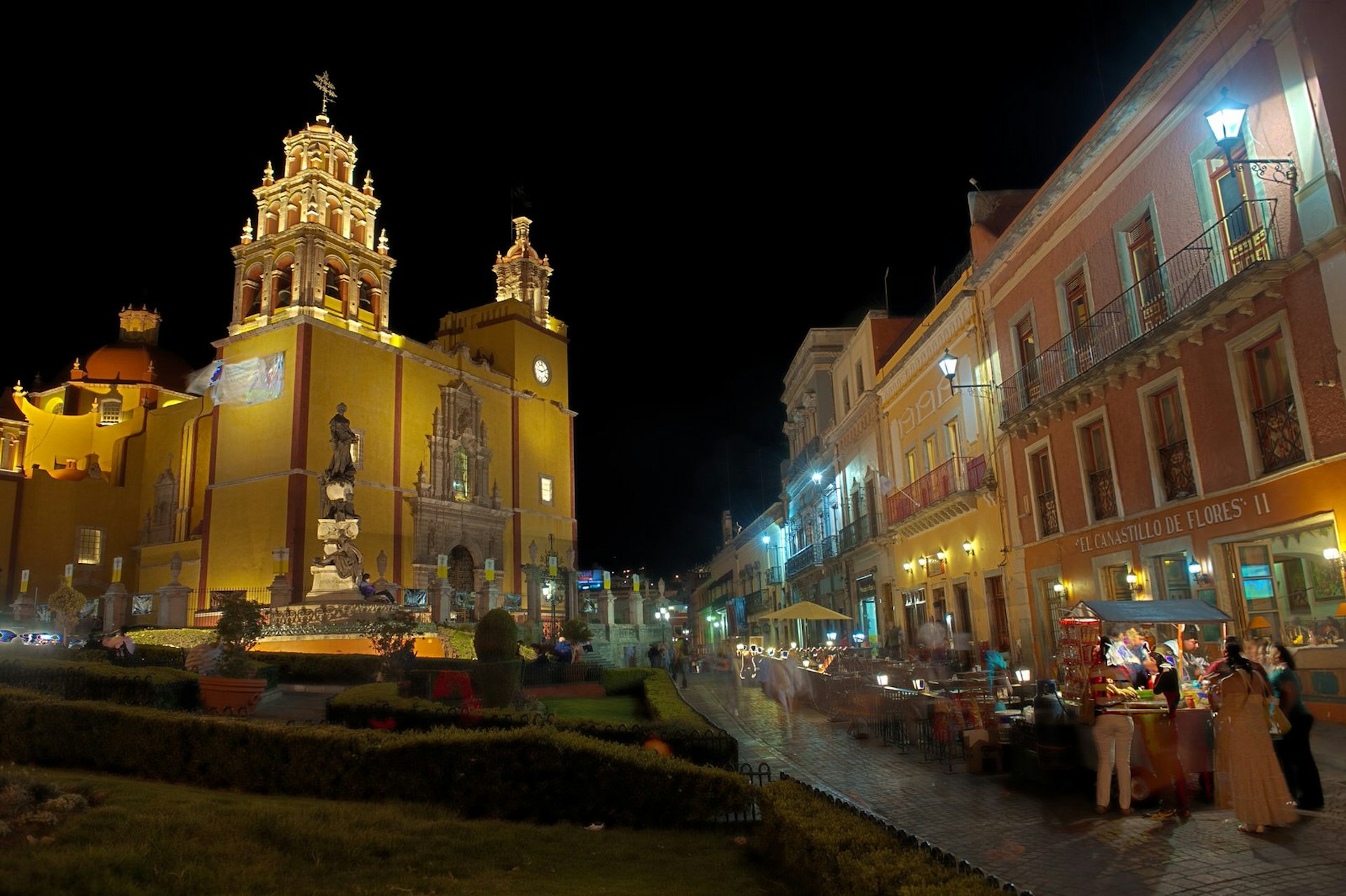
For another classic example head to the spectacular Templo La Valencia. Situated high on a hill overlooking the city, the church dazzles with its baroque façade and ornate golden altars.
A view from above
Color is in the very soul of Guanajuato. After exploring the baroque churches, experience the city’s passion for saturated hues and take the short, but steep, funicular ride to the base of the massive Monumento a El Pípila, depicting Mexico’s independence hero El Pípila.
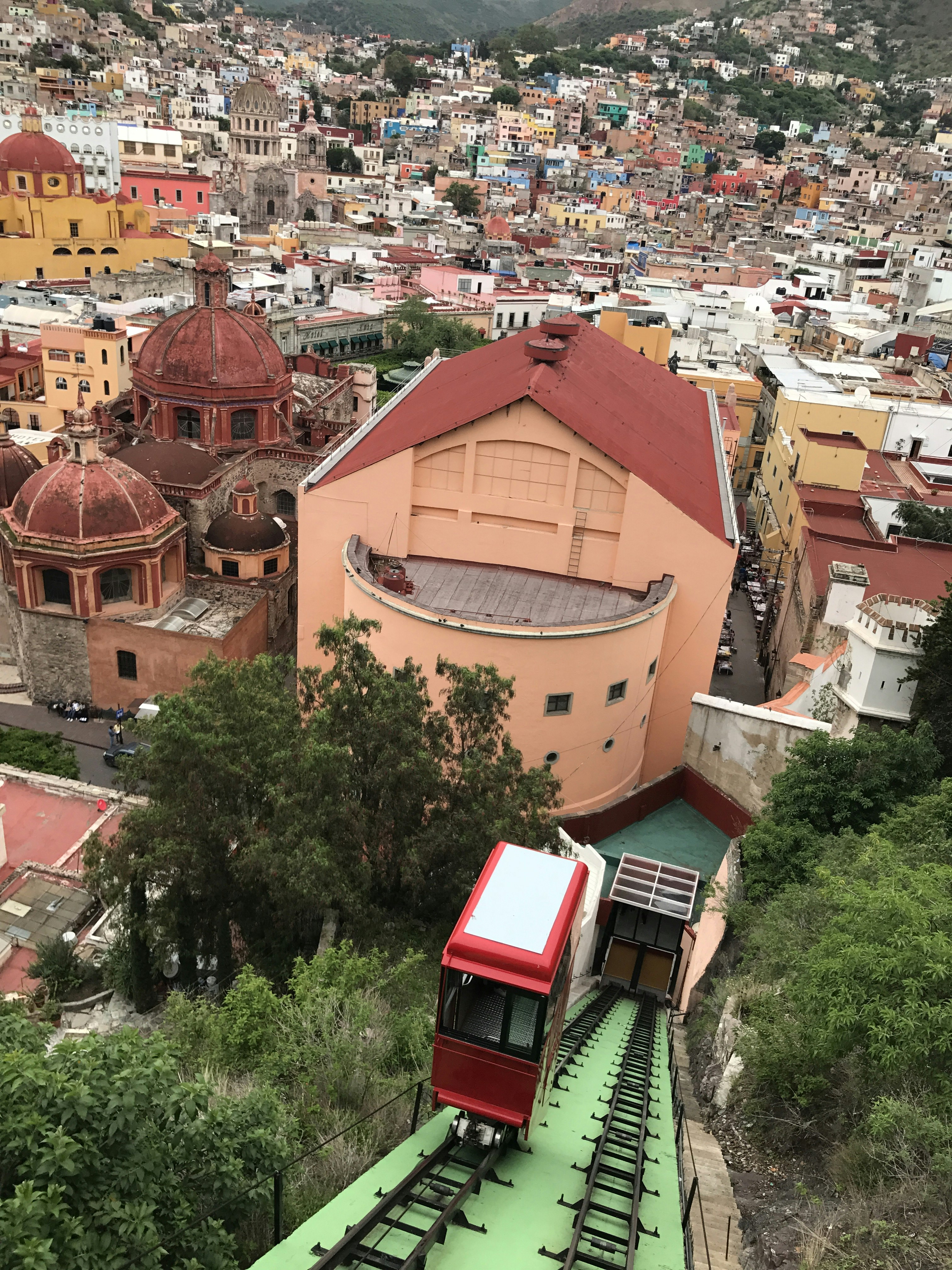
For most visitors, the mesmerizing panorama from the top of the funicular is the catalyst for a love affair with the city. The steep ravine in which Guanajuato sits is marked by an irregular network of winding alleyways and a clutter of buildings in pastel hues. Here and there, massive domes and aberrant shapes rise above the rooftops: the opulent baroque churches, plus the rampart-adorned University of Guanajuato.
Afternoons in the city center
To get to the heart of Guanajuato, and a relaxing afternoon, head to El Jardín de la Unión, one of the many plazas that punctuate the alleyways. This compact wedge of bright green Indian laurel trees is flanked by numerous restaurants bustling with families, especially on weekends. Mariachi bands, their members in smart uniforms embellished with silver studs, sit on the plaza benches and strum their guitars, waiting to be beckoned to perform.
On Sunday afternoons, the plaza’s bandstand plays host to locals who sway gracefully to merengue and salsa. Hoping to capitalize on the goodwill of wandering onlookers, solo buskers often linger nearby.
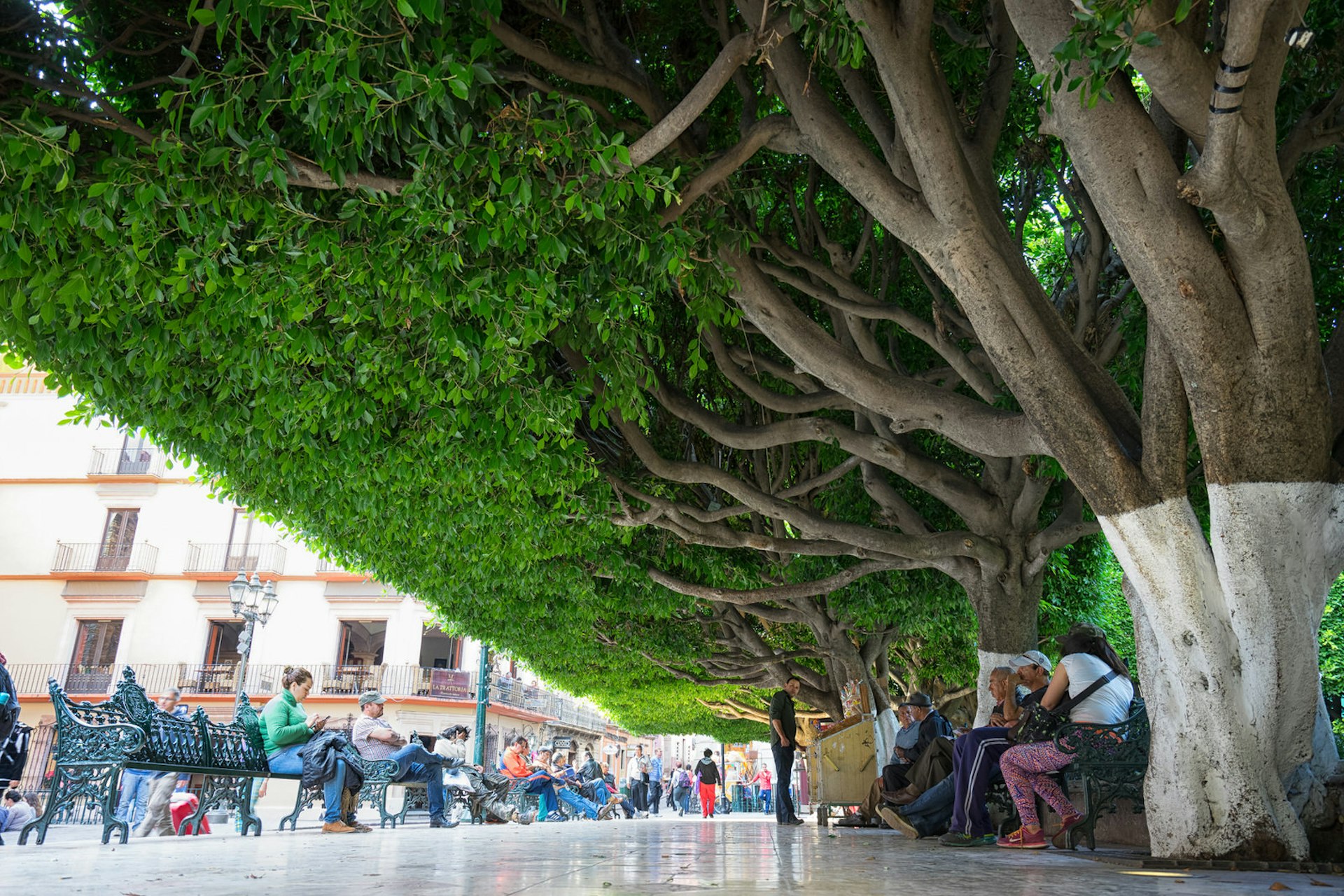
At one end of El Jardín looms Teatro Juarez, where locals gather on the steps to see and be seen. The extravagant theater adorned with Greek columns and statues of muses, is one of the city’s most popular meeting places. Inaugurated by dictator Porfirio Díaz in 1903, its stunning interior bursts with Moorish design, little changed since the early twentieth century. You can visit just to take a look, but performance of any kind is well worth it, if only to enjoy the old world charm.
Exploring the arteries
Beyond El Jardín, the thrill of being in Guanajuato is to wander the compact city, visiting its many museums and admiring the architecture. Filled with narrow streets and alleyways, the city is easy to navigate by foot. Vehicles stick to the series of underground tunnels that used to be the valley’s river.
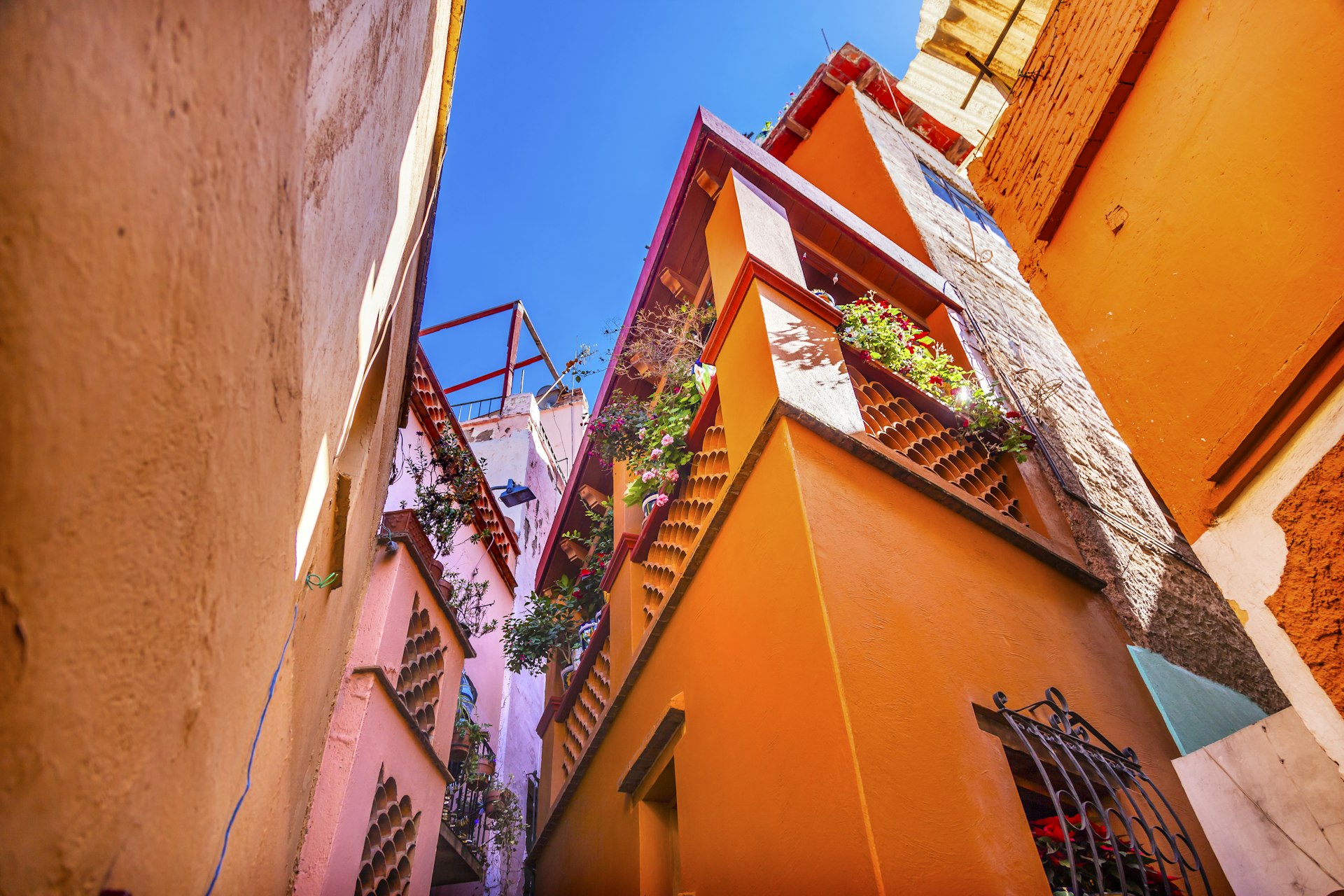
Several main cultural landmarks are conveniently located along the major thoroughfares. The Mercado Hildago, whose building resembles a French railway station; Alhóndiga de Granaditas, the site of the first major battle in Mexico’s independence; the Museo y Casa de Diego Rivera, the childhood home of artist Diego Rivera and the Museo Iconográfico del Quijote an homage to Cervantes’ character, Don Quixote, are all well worth a visit.
Locals and Mexican tourists tend to flock to Museo de las Momias. The exhibits of preserved bodies that were excavated in the 19th century from area cemeteries enthrall Mexicans. While some foreign visitors find this macabre, for Mexicans, the acceptance of death is as much a part of the culture as their belief in the soul.
Celebrating the every day
In the evening the nocturnal callejoneada makes for a lively celebration. Literally a ‘street party,’ costumed musicians and singers lead groups of enthusiastic visitors Pied-Piper style through the steep streets and callejones (alleyways). Along the route the performers belt out traditional and folkloric songs and some cheeky ‘dirty’ ditties. It doesn’t matter if you don’t understand the meaning; the crowd’s delighted whooping and hollering is entertaining enough.
Or join the some 20,000 university students who bring youthful exuberance to the city and hit the numerous hole-in-the-wall bars, particularly on Thursday nights.

Festival culture
With celebrations common most evenings, it’s no wonder that the city’s festivals are so important to Guanajuato’s calendar. For locals, these patriotic and religious events also mean a holiday and a chance to enjoy their city. For the visitor, they are just plain good fun. Catch two full weeks of international and local performances and street theater at the Cervantino Festival held every October. Or join the thousands that line the streets on Mexico’s Independence Day (September 16) to cheer on re-enactments of 1810, when Father Hidalgo let out ‘El Grito’ (the cry) for independence.
At the completion of these celebrations, performers and artists move on, leaving in their wake lingering melodies. They leave, too, a sense of reassurance: that the next day, Guanajuato’s cacophony and its magic will be repeated.

